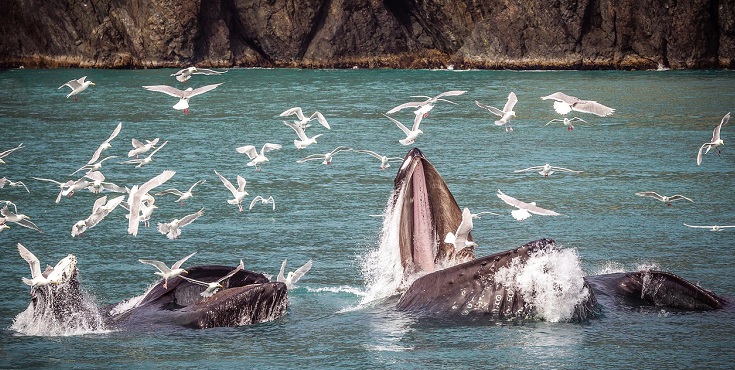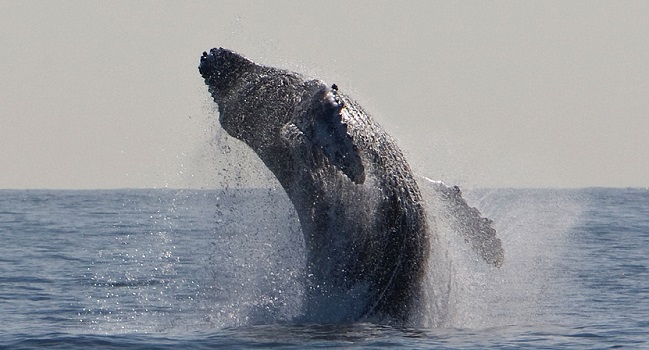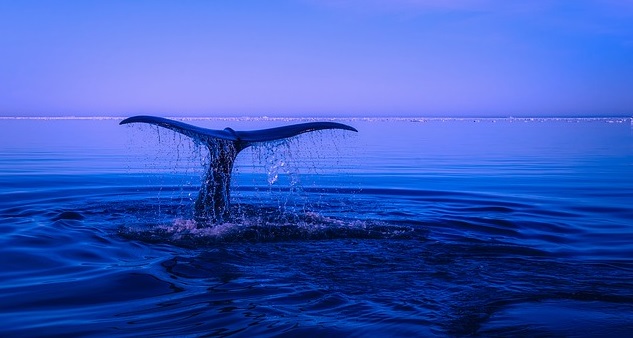News
Stories making wavesHappy slapping - whale populations increase
It's well known that over exploitation by the whaling industry led to serious declines in many of the world's population of whales and just 40 years ago many were on the edge of extinction, but a study by the National Marine Fisheries Service, part of the US National Oceanic and Atmospheric Administration (Noaa), suggests that Humpback Whale populations have been recovering well since numbers were driven to near extinction by hunting.

There are seven Southern Hemisphere populations of humpbacks and the southwest Atlantic group breed off the coast of Brazil and then travel to Antarctic and sub-Antarctic waters in summer to feed on Krill. Originally thought to number 27,000, by the 1920s they became so rare that whaling ships could only find and catch a few dozen a year, but now they are thought to number nearly 90% of their pre-exploitation levels. In other populations, Southern Blue whales are also increasing by 8% a year in the Southern Ocean and Grey whales in the Eastern Pacific have recovered almost to pre-whaling numbers.

Whilst the above is obviously great news, scientists are wondering about their impact on ecosystems, such as the Krill populations (over which penguins, seals and humpbacks vie for food) as they are affected by warming waters due to climate change and are shifting south, which compress the whales range closer to the poles. "Long-term monitoring is needed to understand how environmental changes will affect populations," said lead author of the report, Alex Zerbini.

A whale of a feast
In other news, researchers in Alaska have been recording Humpback whales using their pectorals (flippers) to guide salmon towards their open mouths, having first herded them near the surface by using their flippers to generate a net of bubbles. One whale then swatted the water to guide the salmon inwards whilst the other used its flippers directly to usher in the fish. The behaviour was observed in 2 whales over the course of 3 years near sites in Southeast Alaska where salmon are released to boost their population.